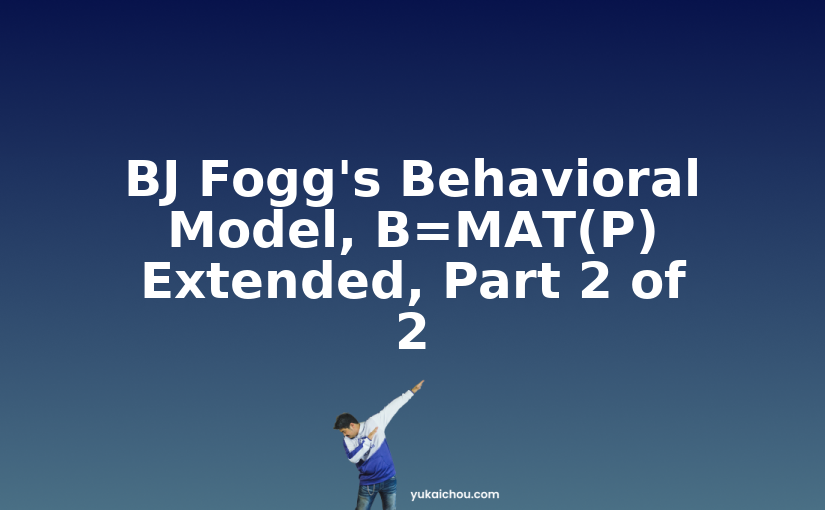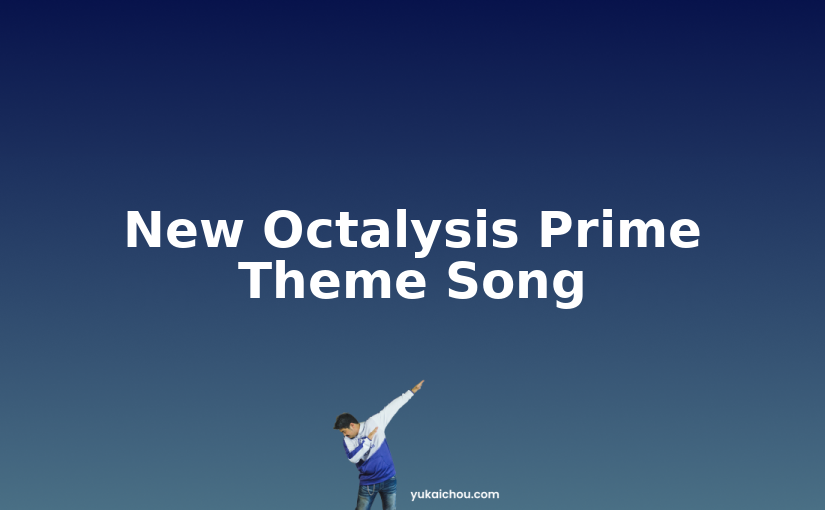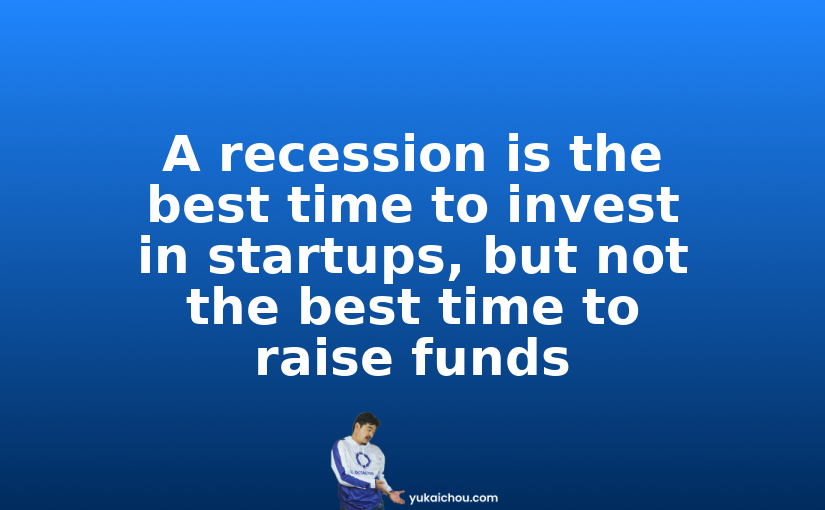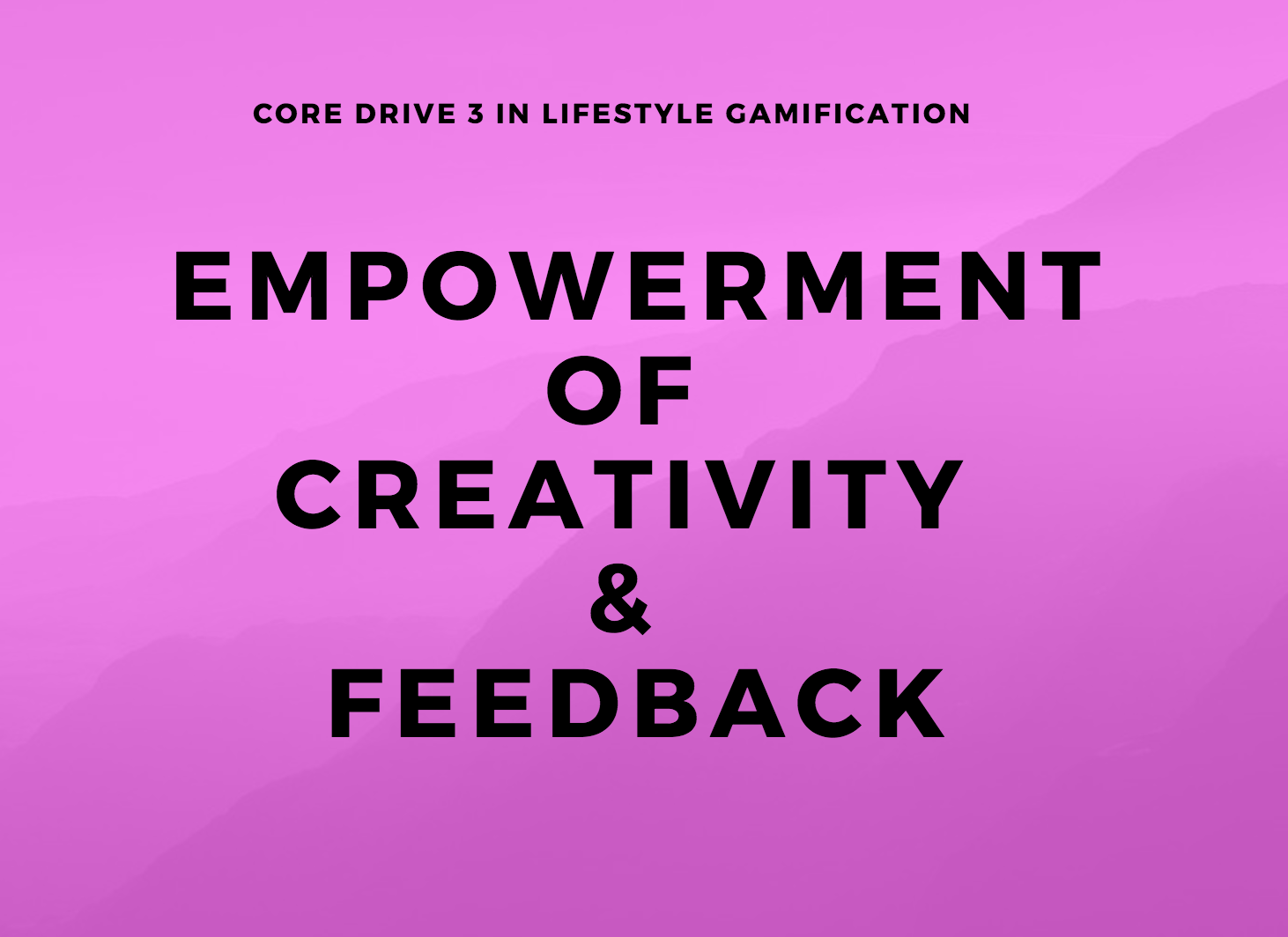BJ Fogg’s triggers are integral to his behavioral model, which we are analyzing from the perspective of the Octalysis gamification framework. This continues the discussion from our last blog post.
Note: BJ Fogg’s triggers recently became ‘Prompts’.
Hope and Fear
Hope is Core Drive 7: Unpredictability tied with Core Drive 2: Development & Accomplishment.
Fear is still Core Drive 8: Loss & Avoidance.
BJ Fogg’s Triggers (or Prompts)
BJ Fogg talks about there are actually three types of triggers.
There’s a spark. There’s a facilitator, and there’s a Signal. So, the spark is when a person has the ability to take the action, but no motivation. So BJ Fogg says the spark is basically a trigger that adds motivation to the desired behavior. So, if you get an email that says, “Hey! Your friend on Facebook just sent you a message!” That’s a spot where you have ability to click on it and go to Facebook, a few clicks away, few brain cycles.

Make the Spark a Black Hat Trigger
In most cases, the Spark should be a Black Hat Trigger.
This happens with our Octalysis Design Challenges, where we also include the upcoming deadline. If we chose to serve up a White Hat Trigger like, “Good luck as you continue working on your Design Challenge,” the trigger may not actually drive the desired action of the Octalysis Prime member continuing to work on their Challenge designs and submission.

The Facilitator Makes Hard Things Easier
Now the facilitator is the scenario where the user has a lot of motivation, but they just don’t have the ability to do it. The action feels confusing or hard. How to solve this?
Enter the Facilitator. Let me make it easy for you. Maybe it’s it’s a software wizard that helps you install something. Maybe it’s it’s a counselor who guides you through your career choices. So, the facilitator, again, is the use of trigger to remind you, “Hey, you should do it. And also if you didn’t do it because it’s hard, let me make it easy for you. Let me explain it to you. Let me reduce your brain cycles. Let me give you a discount rate that’s that’s really good. Let’s give you a coupon a discount so now it’s easier and cheaper to do this action.”
The Signal Nudges High Motivation – High Ability users to Take an Action
So that’s a facilitator, and then finally you have what we call a signal, which is the user already has high motivation, they have high ability, they just aren’t doing it. And in that case, it’s very easy to just have a simple “Hey, do it.” And there is a high chance the user will take the desired action.
BJ Fogg is definitely a pioneer in our industry. And although I don’t love his change from triggers to prompts, there is a lot we can learn from him and his methods, including Tiny Habits, which I recommend highly. However, I also wanted to offer my opinions to show how you can examine a model and think for yourself.








